Lambretta Lui: The Making Of A Cult Machine
Images: Archivio centrale dello Stato/Stile Bertone, Gautam Sen, Piero Stroppa
In the second half of the 1960s, Italian scooter manufacturer Innocenti, who made the Lambretta range of scooters and was the main competitor to the legendary Vespa from Piaggio, decided to diversify their model range and introduce an inexpensive scooterette (or scooterino, as the Italians termed them) to take on the likes of the increasingly popular mopeds.
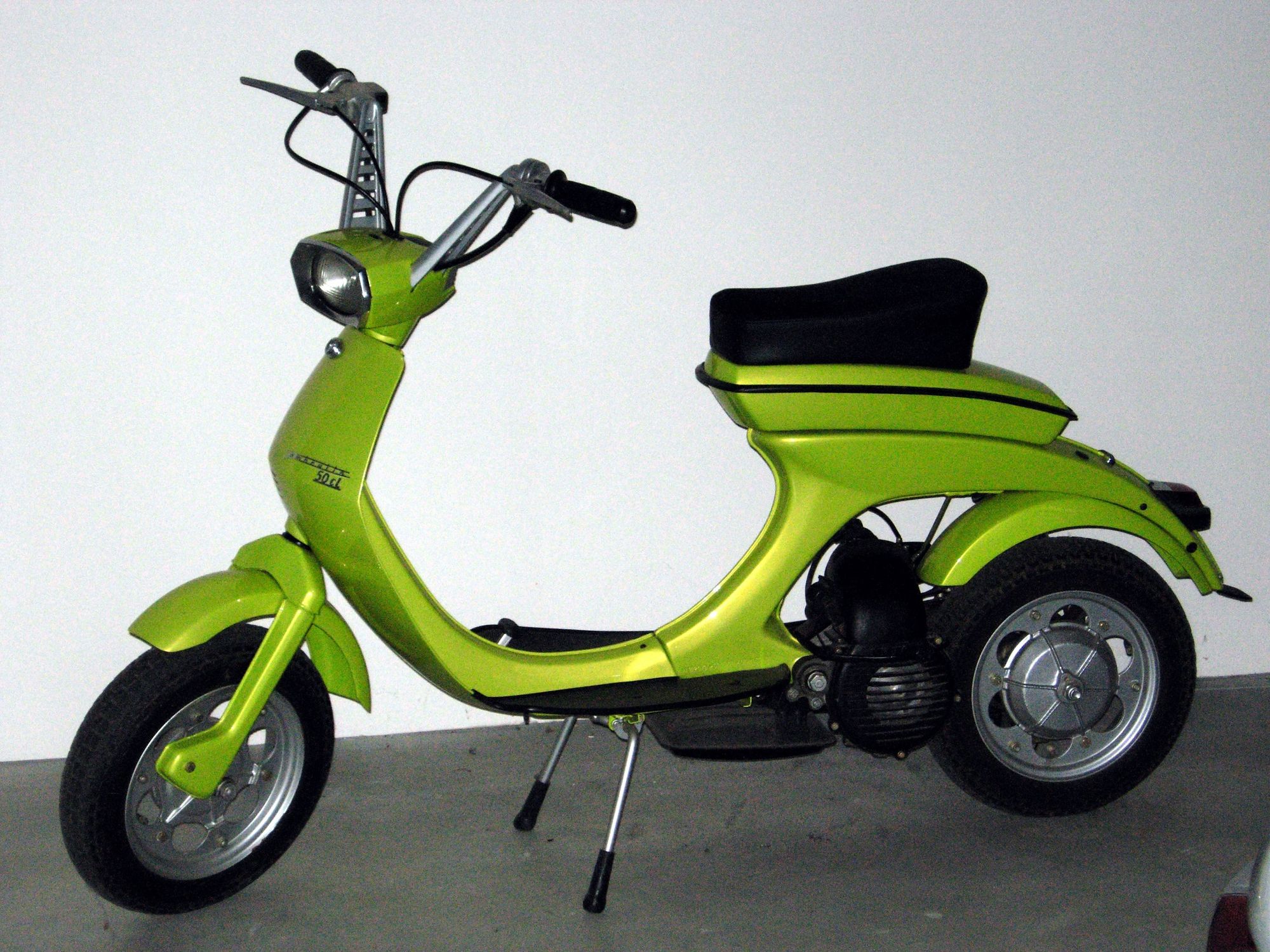
The first prototype, built in 1967, by Innocenti’s in-house engineering team, managed to get the technical aspects right in terms of light and efficient 50cc (49.8cc) and 75cc two-stroke single-cylinder motors, but from the aesthetic point of view the design was classified as ‘unsellable’.
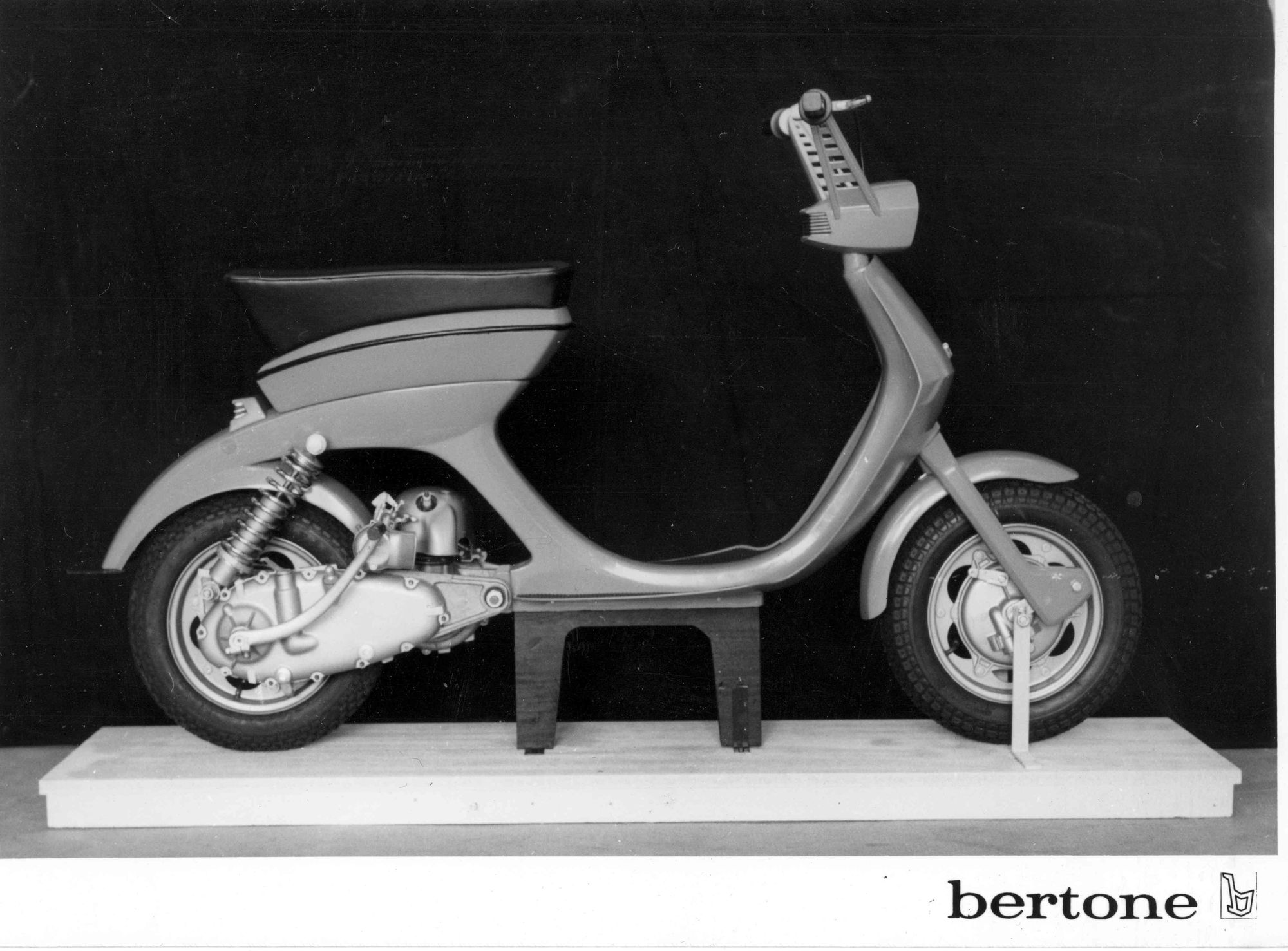
Innocenti decided to approach the design house de jour—Bertone—to style their little scooterino. The brief was clear: Bertone had to come up with a design that was trendy, yet light, uncomplicated, and functional, a sort of back-to-basics scooter that was simplistic, but appealing.
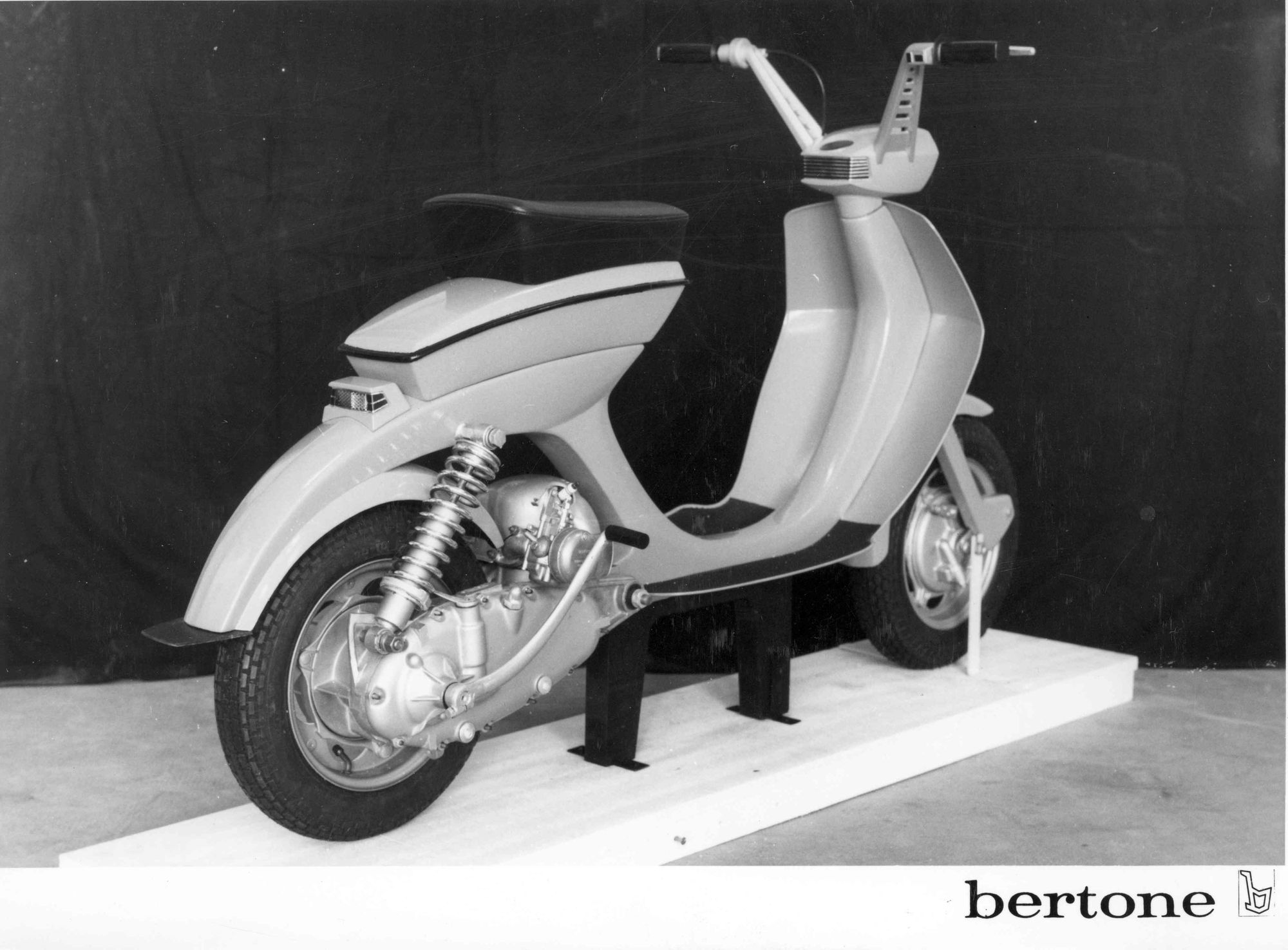
“The idea of designing a lightweight scooter was completely new, yet most interesting,” remembers Bertone’s design chief Marcello Gandini, “and in some ways a challenge as we had to think very differently from the way we designed a car.”
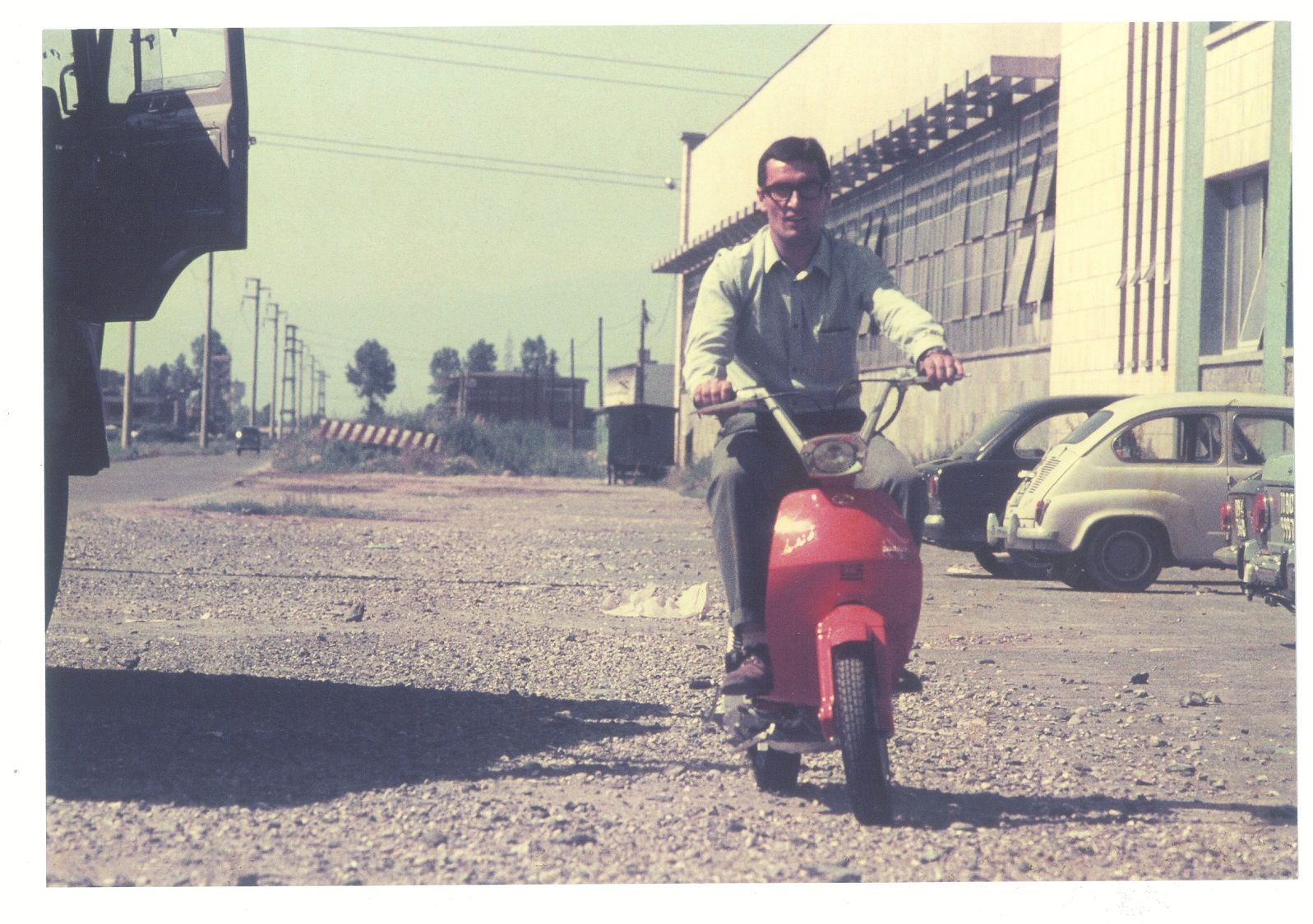
“As the scooter had to be light and simple to make, the frame had to become a part of the overall design of the scooter,” explained the designer, and so the new scooterino from Lambretta reverted to the open frame style of the much-admired Lambretta ‘D’ type from the 1950s, but in a sweeping, rakish style, which was very advanced for even the swinging Sixties.
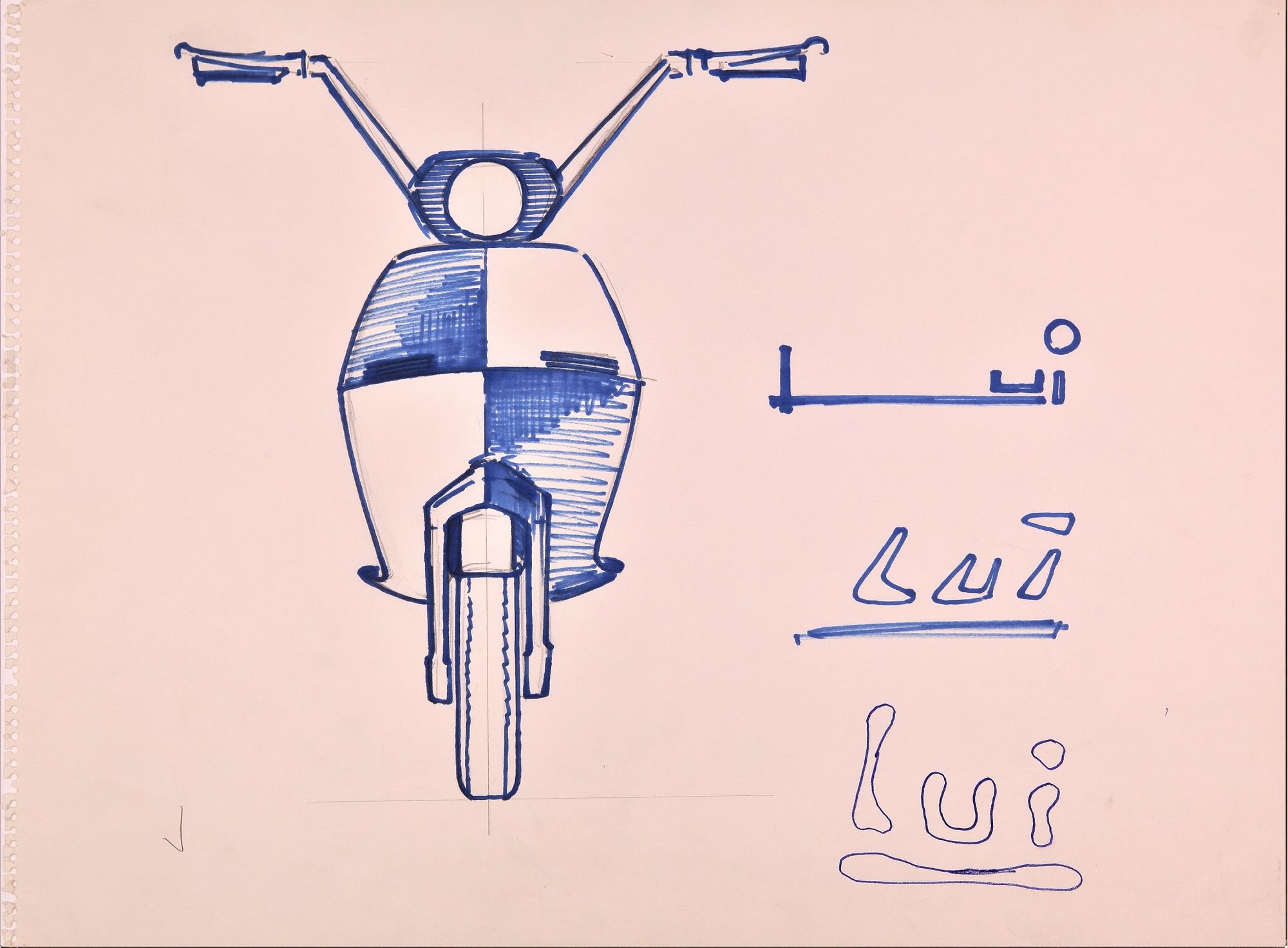
The frame had a tubular steel front end, with a bolt-on leg shield, and a monocoque pressed steel rear, under which hung the exposed engine.
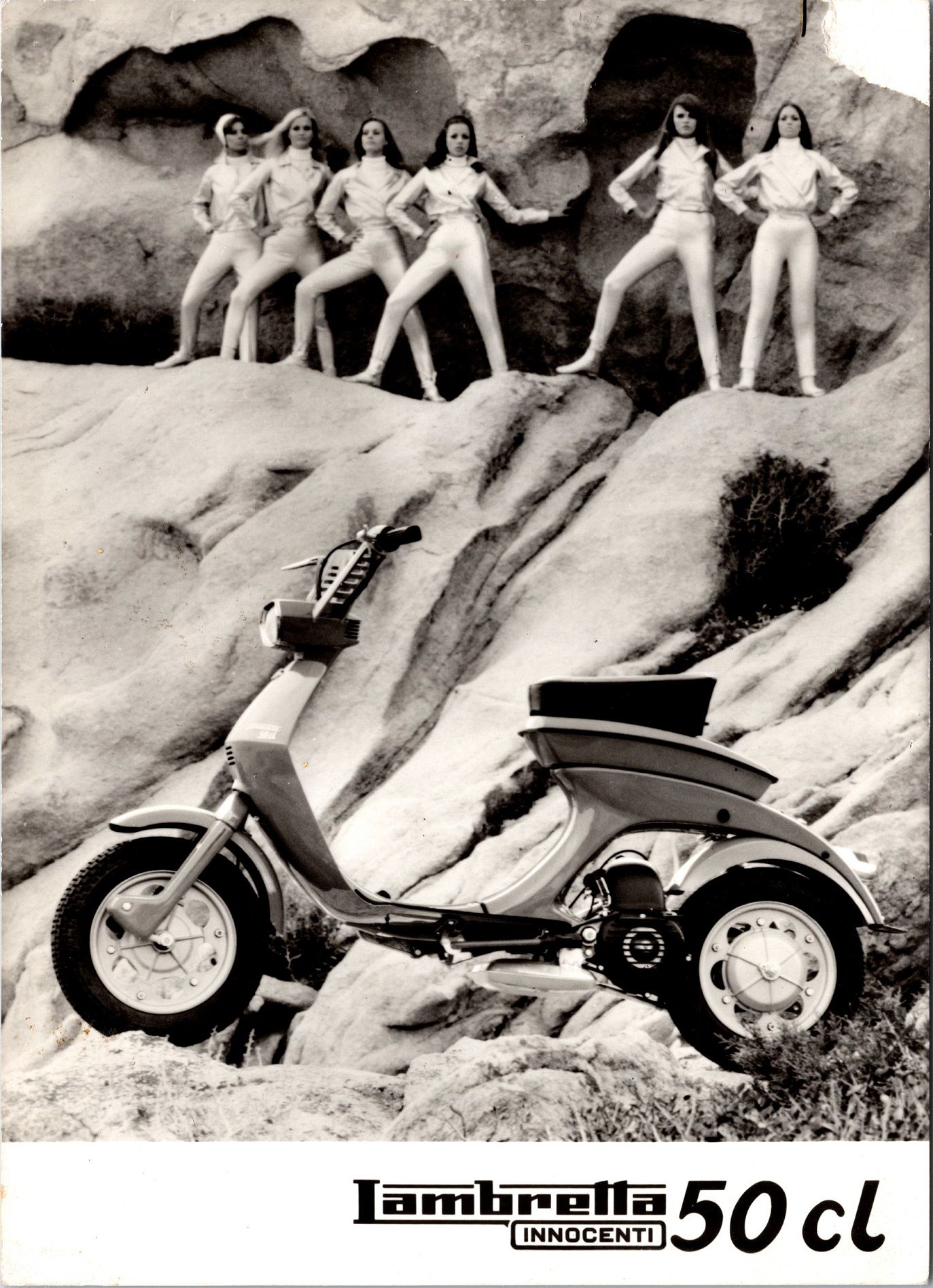
Minimalist, functional, yet very stylish, the icing on the cake, in design terms, was the nicely sporty touch in the form of the die-cast aluminium handlebar spouting out of the chic headlamp nacelle.
Gandini and his team at Bertone completed the design and the prototype in just three months!
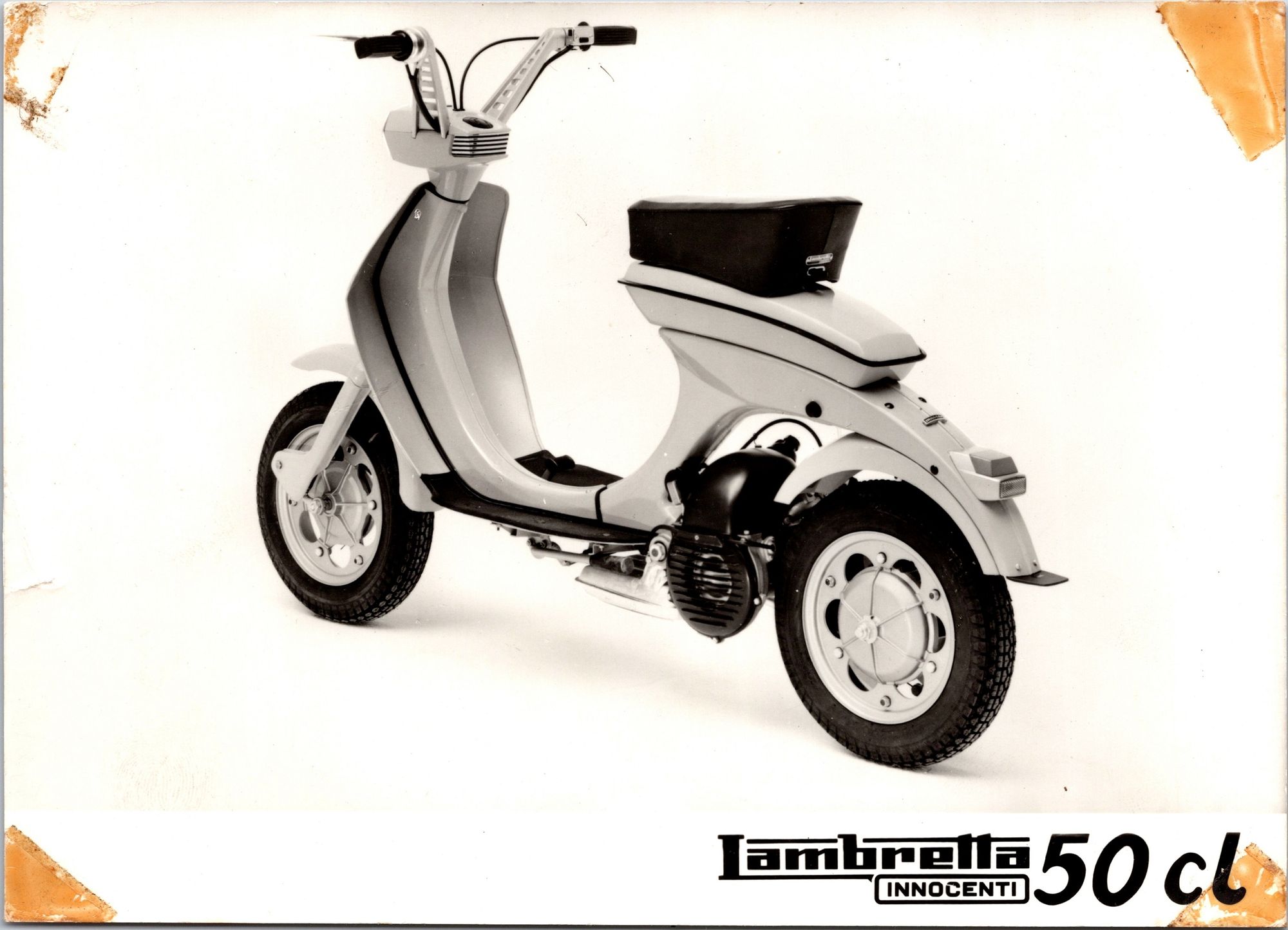
Innocenti management immediately approved the design and the scooter entered production unchanged.
The launch of the Lambretta Lui 50 took place on 28th May 1968, with the 75cc version following by the end of the year. For the export market, the Vega and Cometa branding was used for the 75cc model.
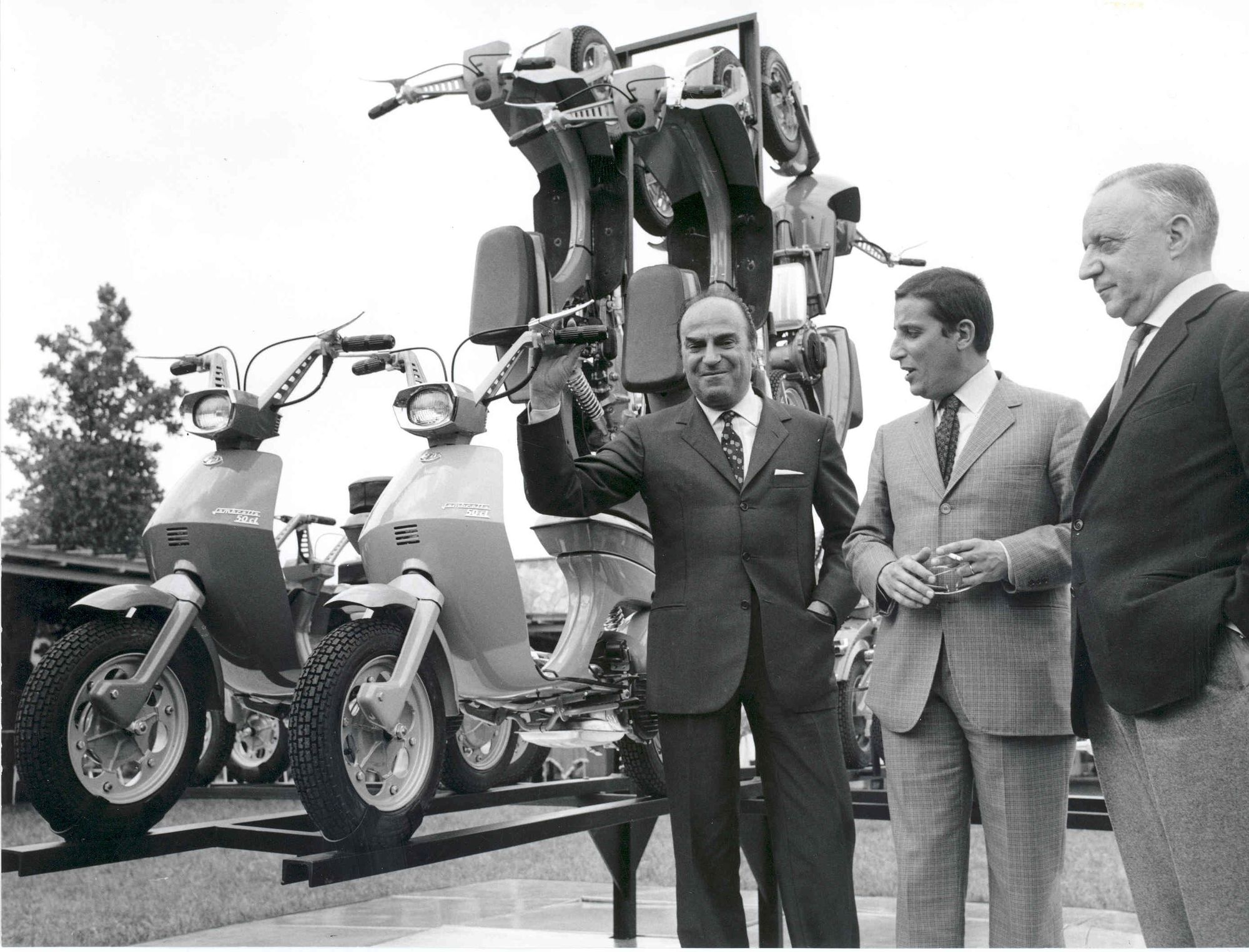
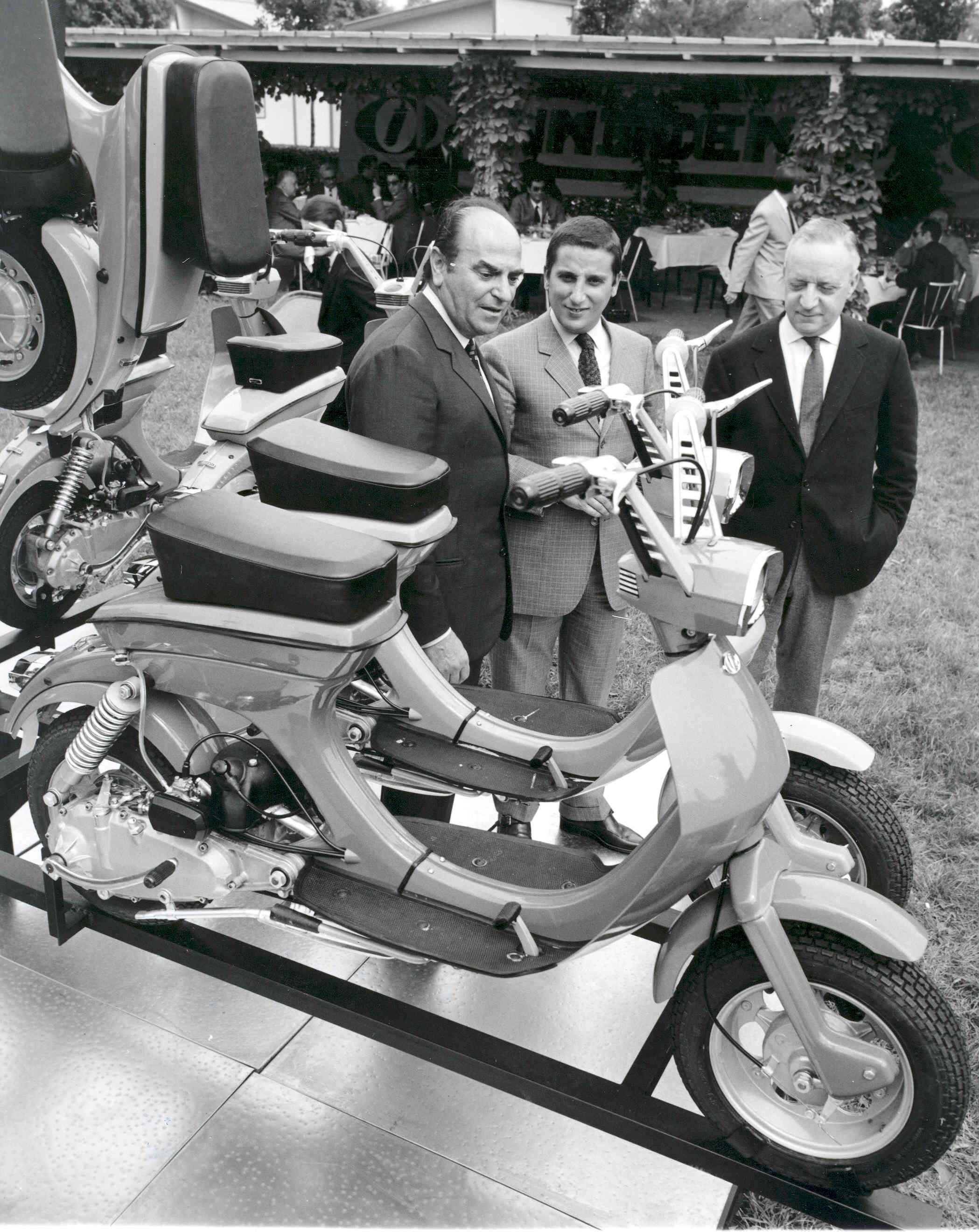
Despite the good reviews that Lambretta’s baby received at its launch, the scooterette was not much of a success for Innocenti, as sales of two-wheelers in Europe tanked thanks to the greater availability of cheap small cars, with Innocenti stopping production of the Lui/Vega range in June 1969, after some 37,000 units had been produced.
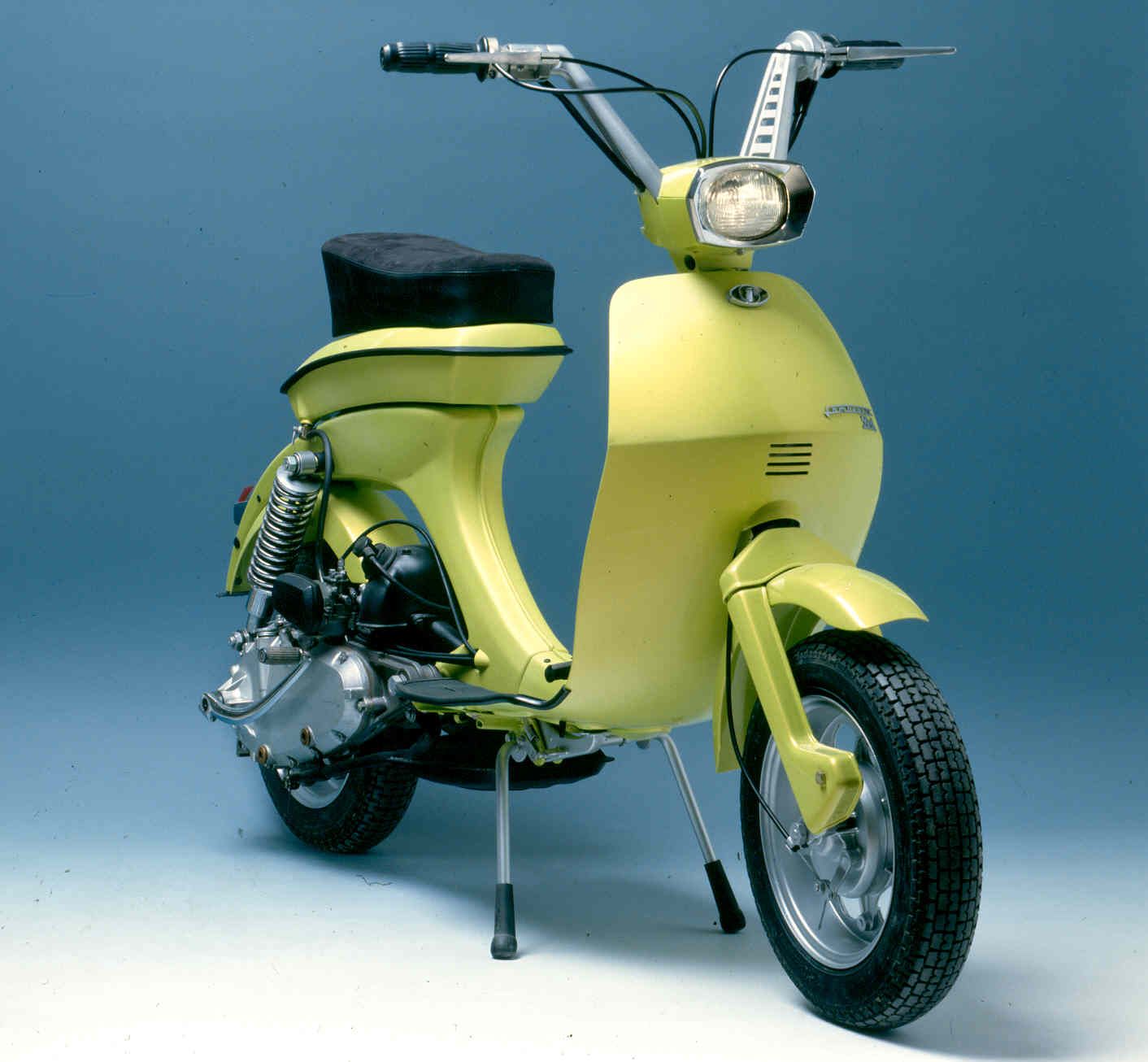
With the rather funky styling way too ahead of its time (even today the Lui/Vega range could still pass as a modern machine), Lambretta’s little baby is today highly valued by collectors of two-wheelers, commanding unusually high prices.
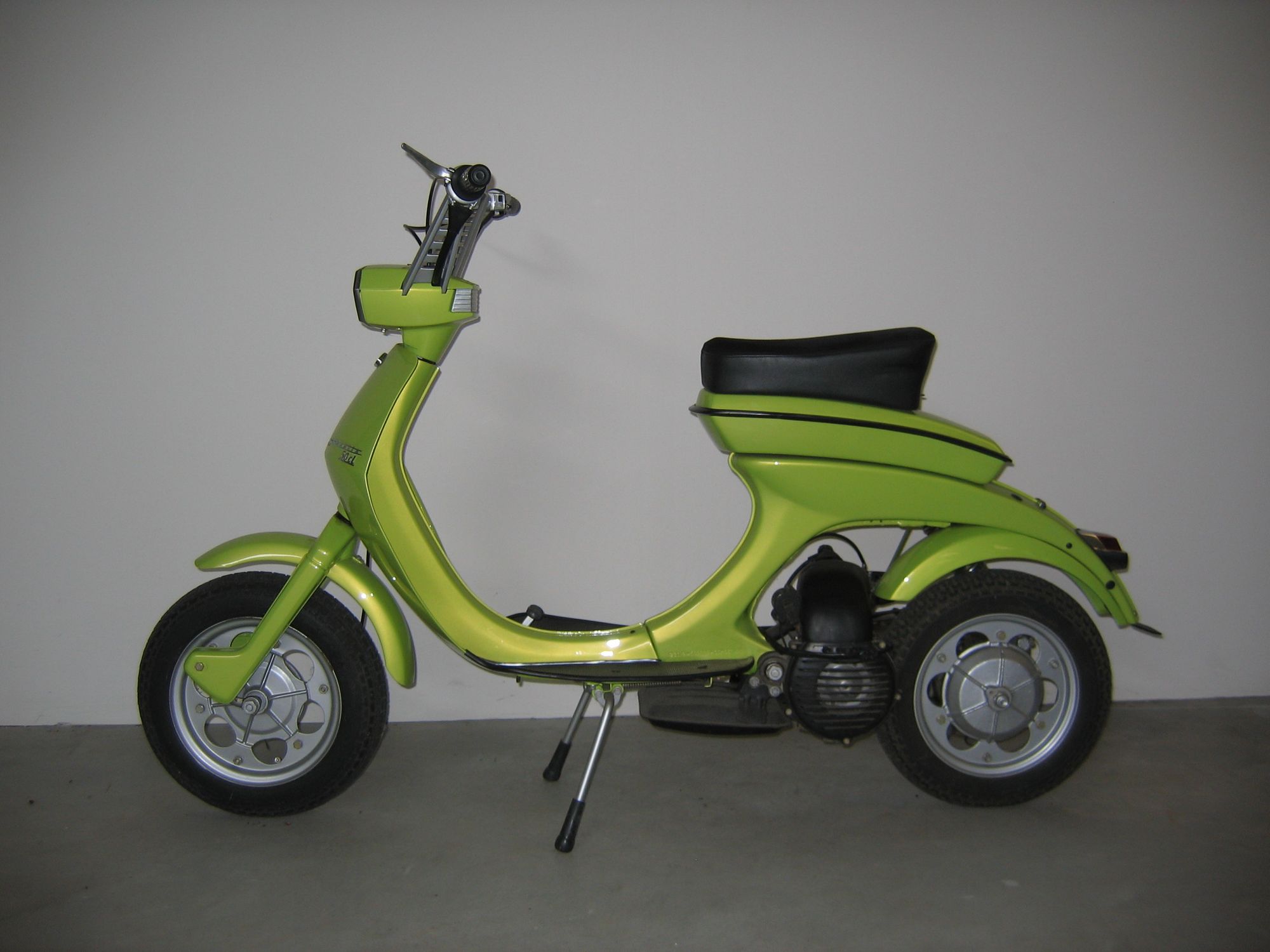
Even though the government of India bought up the entire toolings and factory of Innocenti so that Scooters India Ltd (SIL) could be established in Lucknow, the latter never seems to have considered introducing the Lui/Vega/Cometa for the Indian marketplace, thereby missing out an opportunity to add to the initial single-model range made up of the Vijai Super.
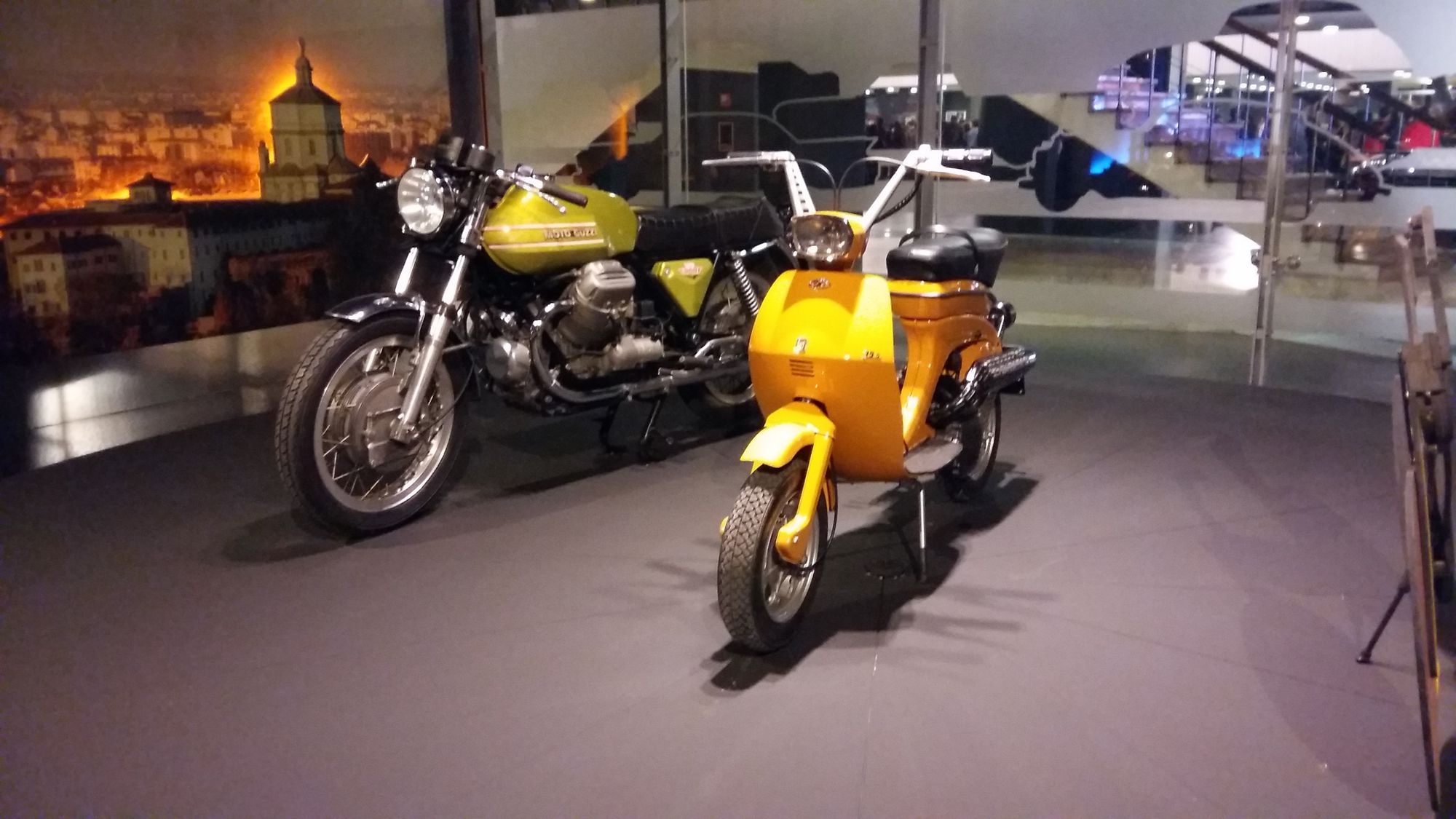
Comments
Sign in or become a deRivaz & Ives member to join the conversation.
Just enter your email below to get a log in link.
